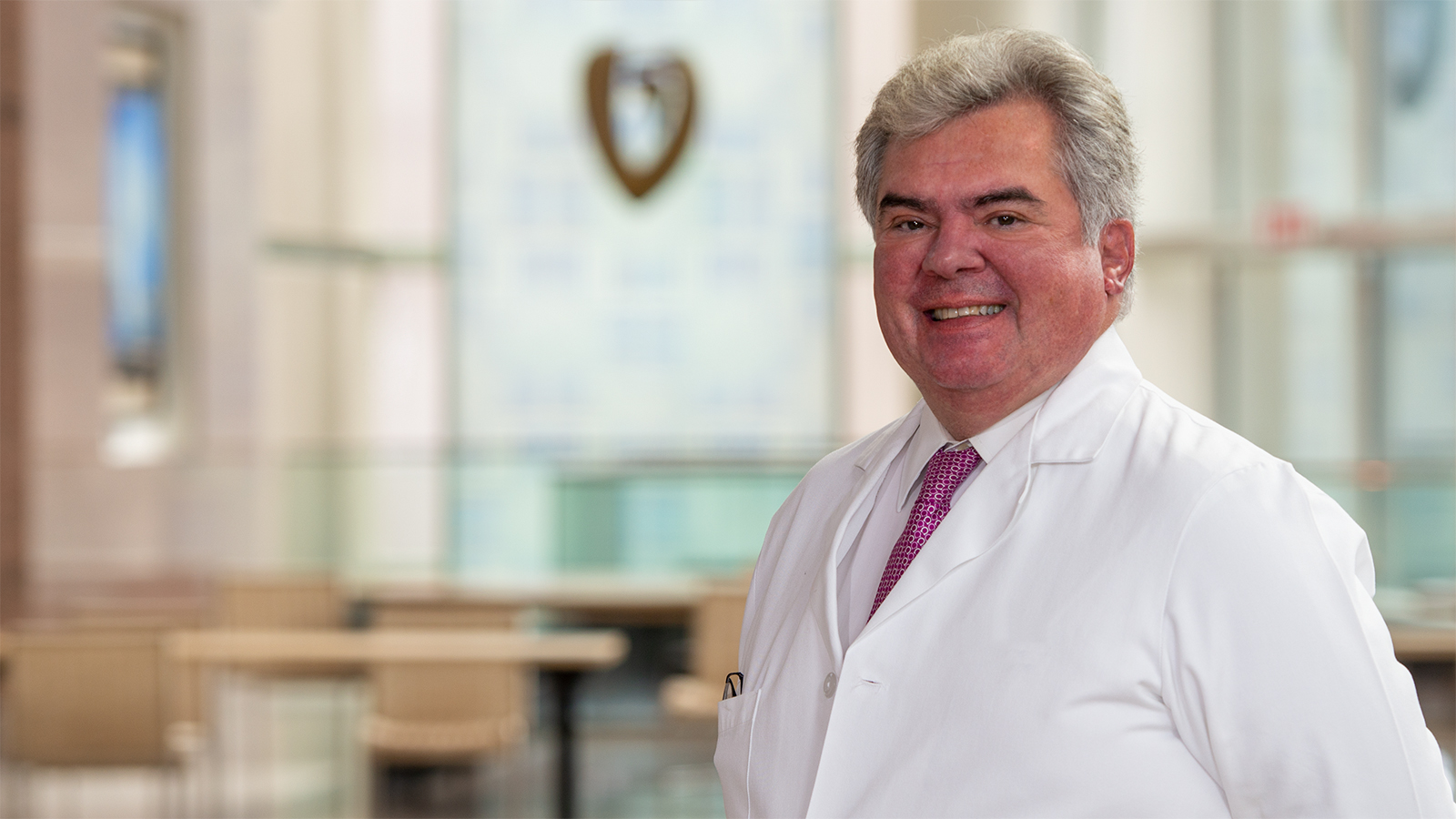
Radiofrequency Ablation
Underlying Condition
Many people’s hearts skip a beat from time to time, and this is not a major issue. The issue comes when someone has a recurrent arrhythmia (irregularity in heart rhythm), in which case treatment is needed. More than 4 million Americans suffer from this condition.
The “natural pacemaker” of the heart, known as the sinoatrial node, sends electrical impulses that keep your heart beating. The sinoatrial node sits in the right atrium—the upper-right chamber, where blood from your body first enters your heart. When everything is working properly, the electrical signal from the node causes the two atria (upper chambers of the heart) to contract and then pass on through the atrioventricular node to the ventricles (lower chambers of the heart), causing them to contract.
The sinoatrial node does its best to send consistent electrical impulses. However, it may struggle to keep up when physical demands, stress, or other factors arise. The sinoatrial node also might not operate properly, or electrical pathways in the heart may be blocked – all resulting in arrhythmias, such as:
- Supraventricular tachycardia (SVT) – a rapid, regular heart rate of 150-250 beats per minute in the atria; the SVT may be called “paroxysmal” (PSVT) if it occurs only occasionally
- Atrial flutter – a condition in which the atria beat very rapidly, which in turn makes the ventricles beat improperly
- Atrial fibrillation – a rapid and chaotic rhythm in the atria that leads to a rapid, irregular beating of the ventricles; may cause stroke in the elderly
- Ventricular tachycardia – a rapid heartbeat from the lower chambers of the heart
Medicine can typically control arrhythmia, but if the condition is severe and does not respond well to medication, catheter ablation may be ordered.
What is catheter ablation?
Catheter ablation uses energy to relieve an arrhythmia by destroying the misfiring tissue areas that are causing it. Various types of energy are used, the most common of which is radiofrequency. Radiofrequency ablation uses radio waves to produce heat, which is then applied to the pathways causing the arrhythmia.
What happens during catheter ablation?
- You may not have food or drink after midnight the night before the procedure. If you have diabetes, you should discuss food and insulin needs with your doctor ahead of time, to plan for this fasting period. You should also discuss any medicines you are currently taking, especially blood-thinning medicines (anticoagulants) and antiplatelet therapy.
- The procedure occurs in a cardiac catheterization angiography suite (cath lab) or an electrophysiology lab. Once you have been placed on the exam table, electrodes (small metal disks) will be placed on your chest and attached to an electrocardiogram machine to monitor your heart.
- The area where the catheter will be inserted will be shaved and cleaned to prohibit infection. A numbing anesthetic medicine will be administered so that the procedure does not hurt.
- An intravenous line (IV) will be inserted into a vein in your forearm, and you will be given medication to calm you. You may be awake during the entire procedure, or you may doze in and out or even fall asleep.
- Several electrode catheters (long, slender tubes with wires) will be inserted through a blood vessel in your groin, arm, or neck and fed into your heart to monitor the process. You will not feel this, as the interior of these vessels lacks nerve endings.
- A small electrical impulse will be sent to trigger your arrhythmia so that the doctors can locate the misfiring tissue region, access the treatment area, and send radiofrequency energy through the catheter to cauterize the tissue responsible for the arrhythmia. You may feel a mild burning sensation when the tissue is being treated.
- The catheter is then removed, pressure is applied, and a bandage will be adhered to prevent bleeding. You will need to lie still for several hours before discharge.
The process normally takes 2 to 4 hours, although it can take longer if numerous sites must be treated. Most patients go home the same day; a few stay the night in the hospital.
What can I expect after catheter ablation?
Most people can return to their normal routine the day after the procedure. Your doctor should be consulted about driving, bathing, fluid intake, and strenuous physical activity.
Fatigue and chest pain are common for about 2 days post-procedure. However, if the pain lasts longer or is unbearable you should consult with your doctor. Heart palpitations may still occur, but these will go away as your heart heals.
